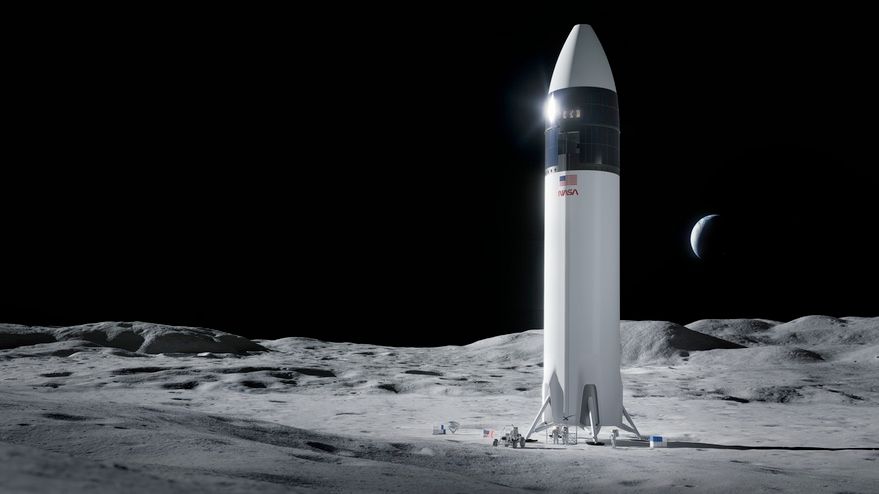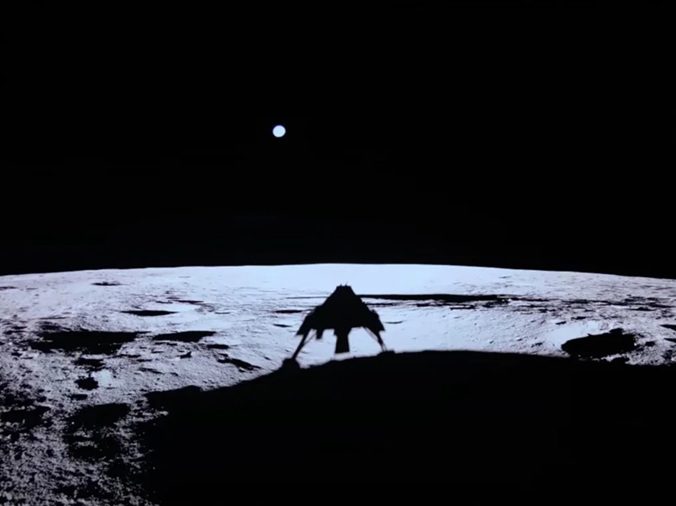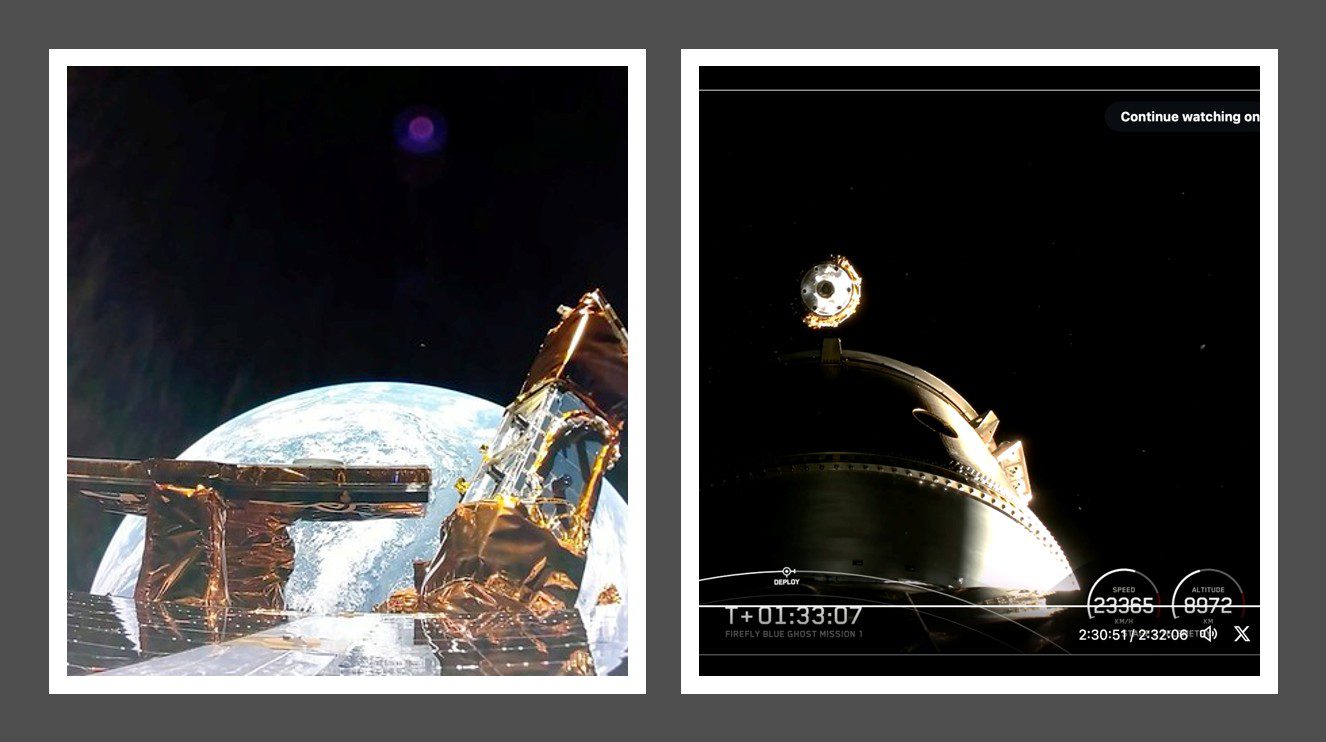Mars has a dry cold climate with very low atmospheric pressure, conditions which would normally preclude liquid water from existing. However, the appearance of downward pointing streaks hundreds of metres long which appeared to grow and wane with the time of year, led NASA to suspect that water, or rather a salty solution, actually flows down the slopes of some highland areas and high sided craters during the summer months of the year. NASA has now announced further evidence in support of this theory.
The water flows are believed to have been caused when frozen salt water ice held beneath the surface melts to break out and flow down the mountainside. Salty water is much less likely to refreeze allowing it to flow before evaporation takes place. Evidence to prove this theory eluded scientists until they used the Mars Reconnaissance Orbiter spacecraft’s Compact Reconnaissance Imaging Spectrometer to prove that the hydrated salts of chlorates and perchlorates are present in the streaks, indicating that this is the likely residue of evaporated salty water. The full story is in Nature Geoscience.
The streaks or “recurring slop lineae” of hydrated salts may inadvertently scupper the plans for future Mars missions. For, if water exists, the danger of biological contamination of the water by Earth-space missions is present. As such, according to the Outer Space Treaty 1967 which specifically forbids biological contamination by nations, future Mars landing missions may be prevented from landing close to these sites. One of these could be the European Space Agencies ExoMars orbiter and lander mission which planned for launch next year and the follow-on Exomars rover mission two years later.
While the first ExoMars mission is probably too far gone to change landing sites now, it is currently suffering a two month launch delay (launch now in March 2016) after the discovery of faulty pressure transducers in its tankage.





